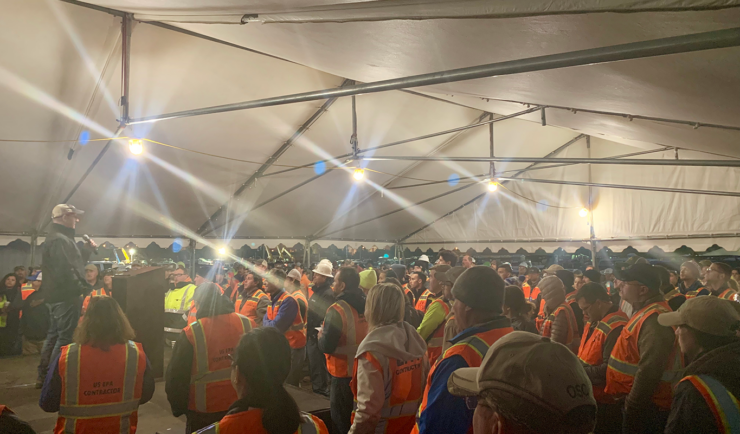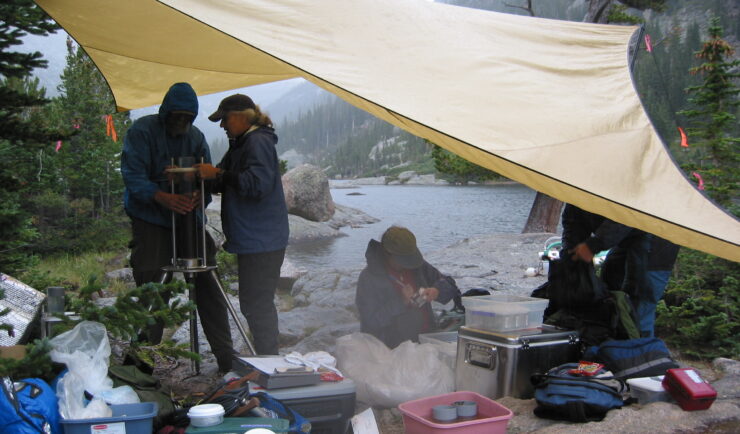Pacific Ecological Services Division Project (PESD)
Since 1996 CSS has conducted field and lab-based research in support of the Pacific Ecological Services Division Project
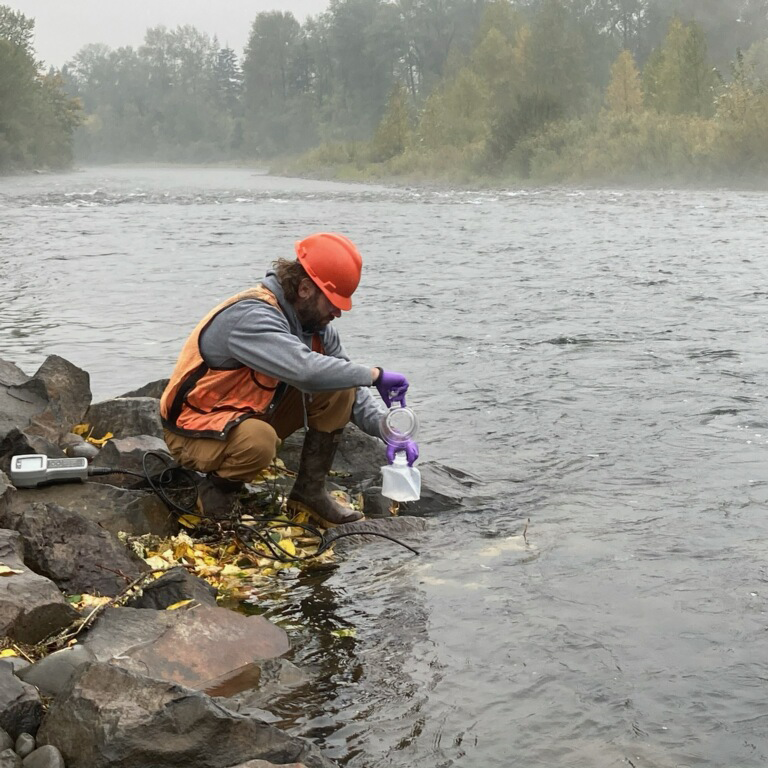
CSS studies the health and function of aquatic and terrestrial ecosystems in support of EPA’s Pacific Ecological Services Division (PESD). We conduct field and lab-based research into the impact of climate change, wildfires, non-point source pollution, nanomaterials, microplastics, and other stressors on the environment. Our scientists collect and analyze water, soil, sediment, and plant samples. We also collect and manage data on field conditions in aquatic, forested and agricultural settings, and synthesize data on ecosystem services in habitats across the United States. Our research efforts are summarized in reports, databases, peer-reviewed publications, and graphics. EPA and other decisionmakers use results from this research to evaluate ecological risks, promote sustainability, and better understand the connection between people and nature. We have supported PESD since 1996.
Providing Analytical Support for Ecological Studies.
For more than 25 years, CSS has analyzed water, soil solutions, soils, sediments, and plant and animal tissues for EPA. Our analytical chemists prepare samples; develop standard operating procedures; maintain, operate, and calibrate sophisticated analytical instruments; perform quality control; validate and manage data; and prepare reports. We analyze more than 2,000 surface freshwater and groundwater samples annually, with up to 35,000 individual analyte measurements made from those samples and meeting sample hold times. In addition to water, our chemists analyze 200 to 5,000 solid samples per year. Other analytical accomplishments include:
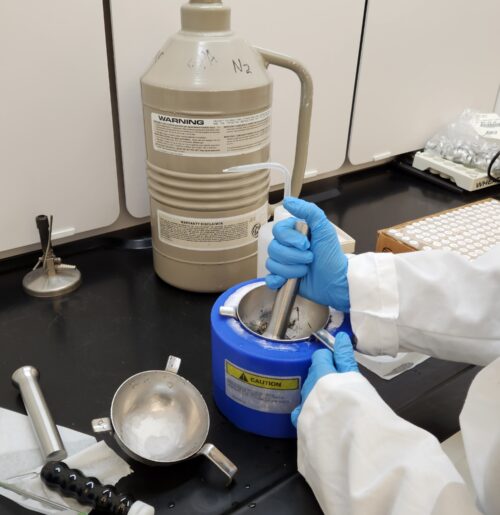
- Developing a new analytical method to overcome the challenges posed by high salinity in brackish water
- Developing new methods to decrease the amount of toxic waste created during analyses
- Developing procedures for determining the relative proportions of major classes of organic compounds (e.g., sugars, amino acids, and lignin) in plant, litter, and soil samples
- Modifying and implementing extraction and analytical methods to characterize the ability of various biochars to absorb trace metals found in contaminated mine spoils.
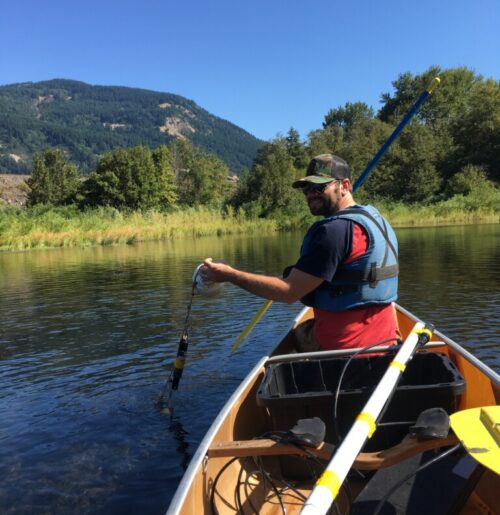
Field Sampling to Characterize Current Status and Trends of Ecosystems.
CSS studies the current condition of aquatic and terrestrial ecosystems. Our staff walk through agricultural fields, hike into forests, climb trees, wade into shallow streams, operate hovercrafts to sample mudflats, and pilot boats in deeper waters to arrive at sampling locations. We collect samples and measurements on bacteria, fungi, microarthropods, amphibians, fish, aquatic invertebrates, herbs, grasses, shrubs, and trees. Field work includes:
- Collecting measurements of water chemistry, fish, macroinvertebrates, and physical habitat at stream sites;
- Conducting trawls to identify and measure crabs and fishes, then returning live animals to the estuary in accordance with collecting permits;
- Documenting habitat survey plots and adjacent shoreline using photography;
- Conducting quarterly sampling and monitoring of 50 groundwater wells in an agricultural field over three years;
- Collecting water samples at 60 sites in the Snake River Basin over one-week period every year for three years, with field crew traveling 2000-2500 miles over a three-state area;
- Excavating soil pits for complete soil descriptions;
- Post-processing GPS data to apply differential corrections obtained in the field; and
- Working with landowners to request access permission for sampling activities.
Studying Nanomaterials to Determine Risks to Human Health and the Environment.
Nanomaterials are increasingly used to develop advanced electronics, medicines, and consumer products, but little is known about their potential effect on the environment. CSS supported a 10-year EPA research program to study the potential environmental toxicity of nanomaterials. We prepared a Health and Safety Plan to protect workers and minimize nanoparticle releases during the analysis of plant, water, and soil samples. We also supported seed germination and plant studies and performed statistical analyzes of study data.
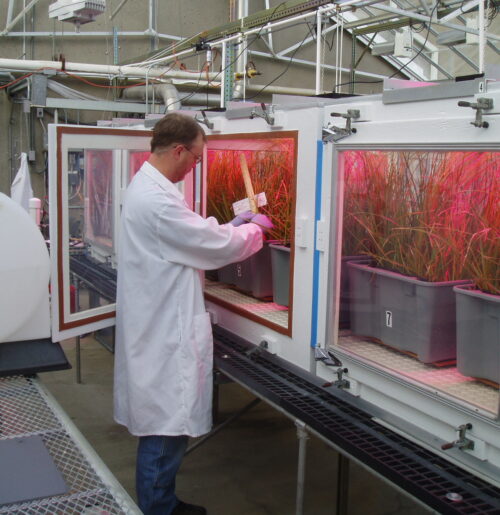
Our scientists developed methods to eliminate contamination when mixing and characterizing nanoparticles in suspension and to determine the presence of nanoparticles on exposed plant tissue samples using a SEM-EDS system. CSS conducted nine plant toxicity studies with nanoparticles, and a two-year study of the effects of micronized copper on a wetland system. Our chemists analyzed plant and water samples using Inductively Coupled Plasma-Optical Emission Spectrometry (ICP-OES) equipment to examine potential plant uptake and system response. Results from this research were published in peer-reviewed journal articles and presented at scientific conferences.
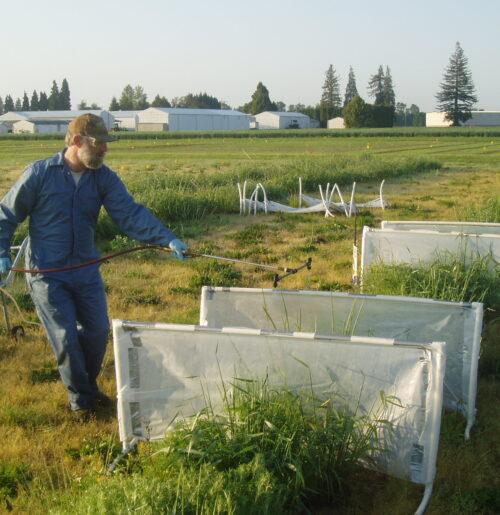
Identifying and Communicating Ecological Risks from Pesticides.
CSS conducted field and greenhouse experiments to assess the ecological risks associated with the application of chemical herbicides on agricultural land. Over eight growing seasons, we completed dose response studies on 12 agricultural crops, 46 native species, and three laboratory test species using 18 different herbicides. Our geographic information systems (GIS) specialist generated national databases of agricultural land use, herbicide use, and wind speed to identify regions and counties of the U.S. most at risk to herbicide drift, then overlaid the datasets to identify affected areas. CSS staff co-authored seven peer-reviewed papers reporting on pesticide effects research.
Amending Soils with Biochar to Facilitate Soil Restoration at Former Mining Sites.
CSS is supporting field, research facility, and laboratory-based investigations into the effectiveness of customized soil amendments in improving remediation efforts at abandoned mines. Our scientists conducted onsite research using 900 seed germination boxes to determine the relative effectiveness of five different biochars in remediating the effects of heavy metals on contaminated soils. We supported a greenhouse study to assess the effects of different soil amendments on the growth of plants native to the affected sites.
Results from these studies helped inform a field remediation study at an abandoned mine in Oregon. We established study plots, planted tree seedlings and herbaceous plants, and are monitoring plant survival and growth over multiple years. In the laboratory, our chemists used Inductively Coupled Plasma-Optical Emission Spectrometry (ICP-OES) equipment to analyze soil extractions. We analyzed 2500 samples for lead, 800 for iron, 800 for zinc, and 1500 for arsenic. The resulting data were used to determine the ability of different types of biochar to remove these heavy metals from soils at contaminated mining sites.
Wildfire Impacts on Water Quality
Wildfires can have large impacts on air quality and affect terrestrial ecosystem processes for decades. Less is known about the impacts of large forest fires on water quality over the months following a fire. In late summer 2020, western Oregon experienced unprecedented multiple large fires in low elevation forests, burning drainages that provide the water supply for nearby towns and cities. CSS supported EPA’s Pacific Ecological Systems Division (PESD) by quickly mobilizing to identify potentially impacted streams.
We assembled field sampling equipment and supplies, then collected in situ water quality data and water samples from 40 stream and river sites in the affected region within in days of the areas being safe to travel. This sampling event was repeated 10 times over the next year and a half to help track water quality over time. The samples were transported to the PESD Analytical Lab where CSS chemists processed and analyzed the samples. Twenty-one different analytes were quantified, including nitrate, phosphorus, and trace metals. CSS submitted a comprehensive database to EPA with the sampling and chemistry data. CSS also conducted a special sample collection for total and dissolved mercury (Hg). Because of the normally low levels of Hg in these streams, this required implementation of careful field techniques for sample collection and handling to avoid sample contamination.
Additional Projects
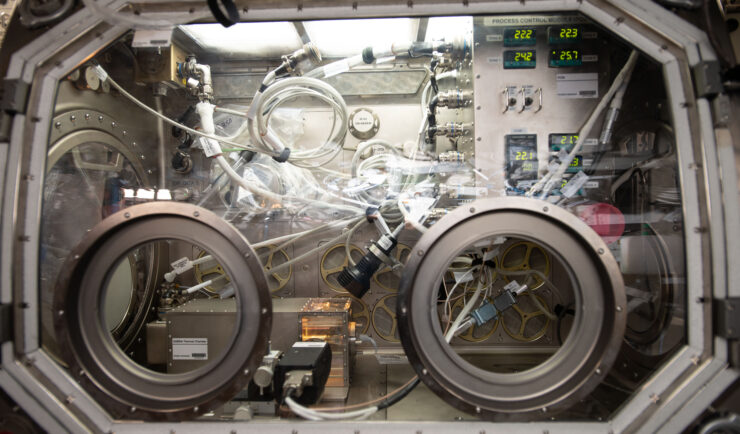
SUBSA Implementation Partner
SUBSA (Solidification Using a Baffle in Sealed Ampoules) SUBSA is a high-temperature furnace on the International Space Station (ISS) that melts materials at a controlled rate, holds at maximum temperature to stabilize, and then solidifies at a precise cooling rate via a gradient freeze technique in a microgravity environment. A transparent zone in SUBSA enables…
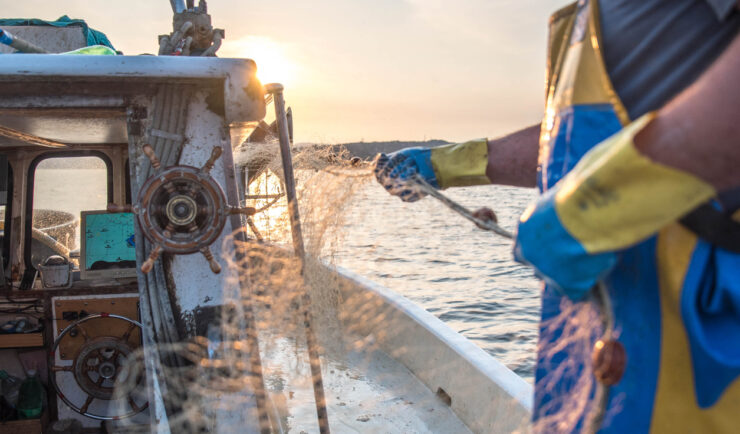
IT Support to NOAA Fisheries
Our IT services support included developing and integrating information management systems central to NOAA Fisheries’ management and protection of living marine resources and their habitats

Social Values Relative to Wind Energy
CSS assisted in the assessment of social values related to understanding and support of offshore wind energy sitings off North and South Carolina.

Get in touch
Contact us to learn more about our projects, capabilities, solutions, and service offerings.






